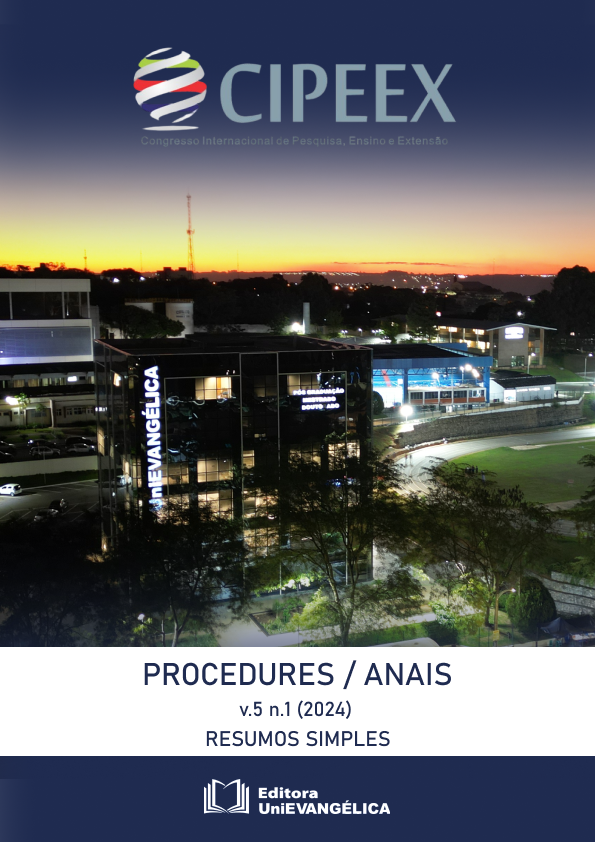THE BENEFITS OF ROBOTICS IN THE FIELD OF PLASTIC SURGERY
Resumo
Robotic surgery has revolutionized minimally invasive procedures by offering enhanced precision, greater degrees of freedom, improved 3D visualization, and the elimination of hand tremors. One of its early applications is nipple-sparing mastectomy (NSM) with immediate breast reconstruction (IBR), where robotic systems improve surgical precision, ergonomics, and access to challenging areas, reducing the mental and physical strain on surgeons. Wireless technology enables telesurgery, allowing remote operations. For example, robotic technology also reduces the invasiveness of flap harvesting for autologous breast reconstruction, leading to better outcomes and faster recovery. This paper aims to evaluate the benefits of robotics in the perioperative period of plastic surgery. It consists of an integrative review. Searches were made in the SciElo, PubMed and Lilacs databases, using the keywords "plastic surgery"; "reconstructive surgery" and "robotic surgery procedures". Papers published in 2023 and 2024 in English were used. Among the 99 publications obtained, 5 articles were used. The integration of robotic technology in plastic surgery offers significant patient benefits, including higher cosmetic satisfaction with minimal scarring, as shown in randomized controlled trials. Robotic techniques enhance cosmetic outcomes, particularly in nipple–areolar complex positioning. High-resolution 3D imaging and enhanced lighting improve visibility, contributing to the feasibility and safety of procedures, with benefits like reduced tremor, motion scaling, and better ergonomics for surgeons. While robotic surgeries often take longer, the learning curve mitigates this over time. The use of single-incision techniques facilitated by robotic arms leads to higher patient satisfaction with scarring. Despite high costs, these may be offset by fewer complications and shorter hospital stays. Emerging applications could extend to aesthetic procedures, with AI potentially enhancing tissue recognition and surgical planning. Ethical considerations, including patient autonomy and informed consent, remain crucial in adopting this technology. Therefore, it can be concluded that the integration of robotic technology in plastic surgery significantly enhances the perioperative experience by providing improved precision, reduced invasiveness, and superior cosmetic outcomes. The advanced 3D visualization, enhanced ergonomics, and motion control minimize complications and promote quicker recovery. Despite initial challenges such as cost and operative time, the long-term benefits for patients and surgeons underscore the transformative potential of robotics in the field.





